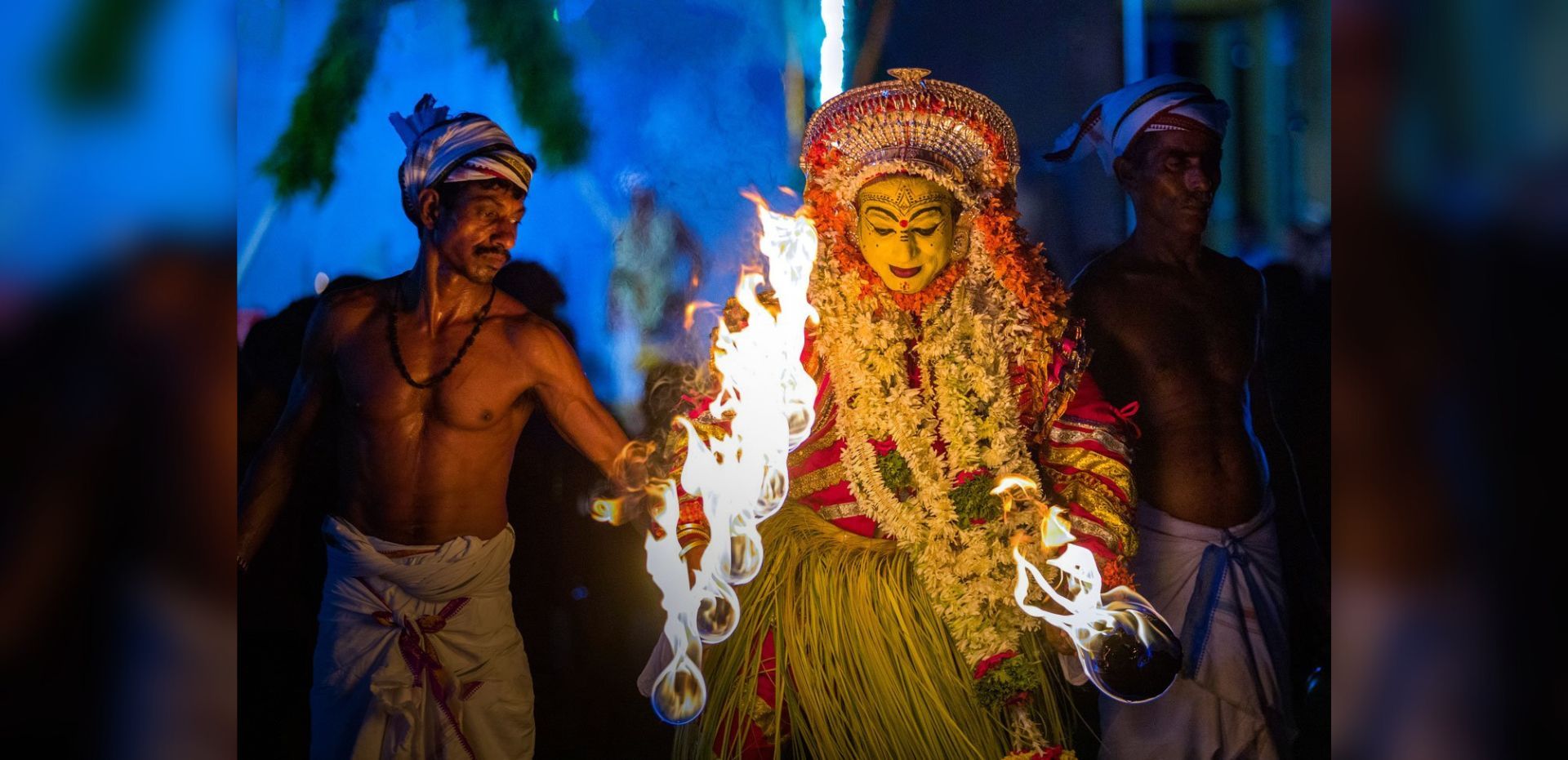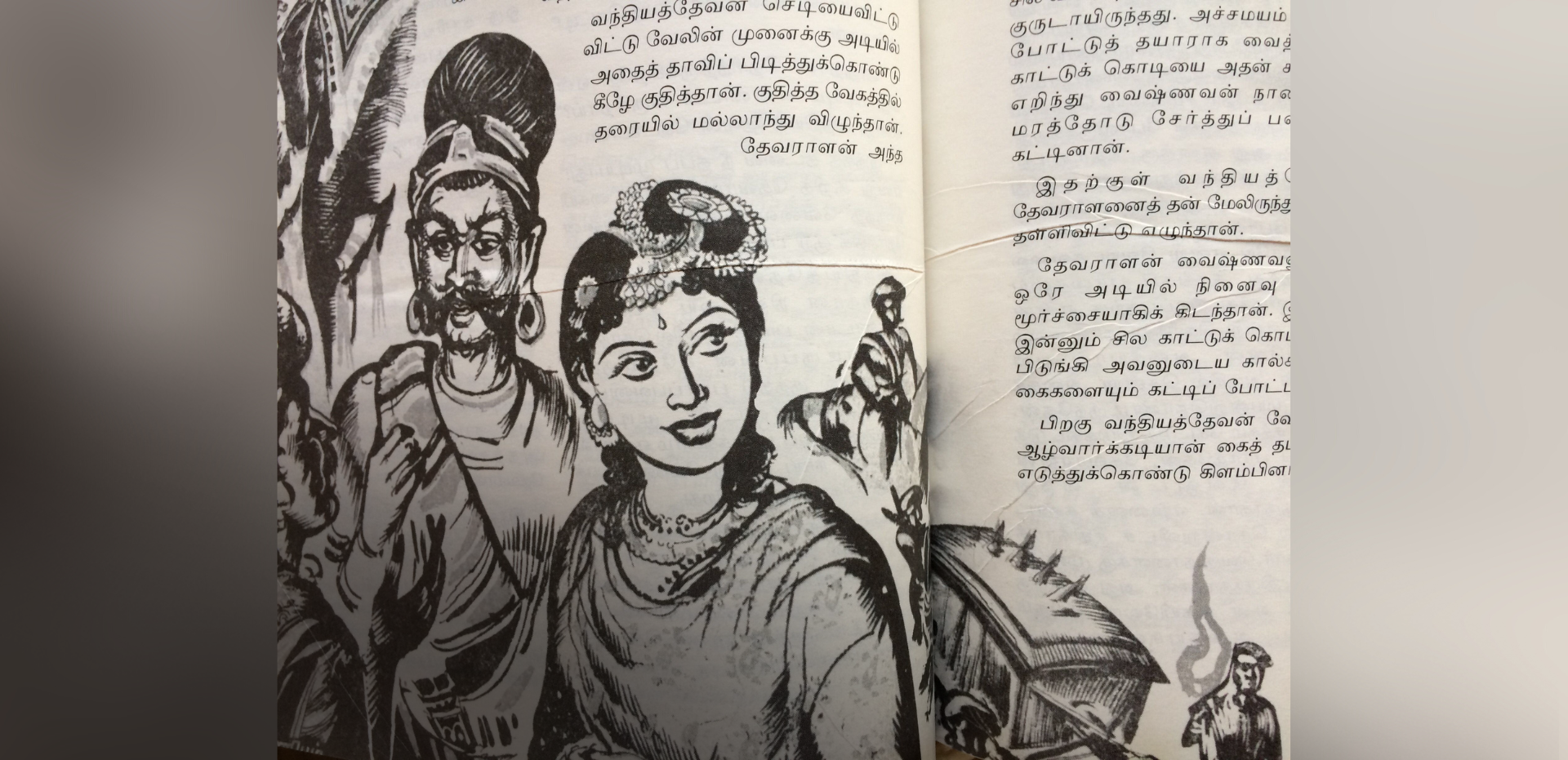Bharatanatyam | From Temple To Stage
BOOKMARK
In Part I of this three-part series, we saw how art and architecture were used to demystify Bharatanatyam and take it from the exclusive precincts of temples to the people. The patronage of the Devadasis by royalty and the changes made by Maratha ruler Serfoji in Tanjore further helped it flourish.
The mid-19th century signaled the decline in Bharatanatyam, the final straw being the abuse of the system by the British by terming it “ nautch” (dance performed by ladies to lure men)
In Part II, we look at some of the artistes and activists who rescued the dance form from disrepute and debauchery.
The story of Bharatanatyam, over the next 150 years, was to be one of twists and turns. The period between the beginning of the 19th century to the mid-20th, first witnessed its traumatic decline from a vibrant art form to a pastime of debauchery, and then its resurrection and relocation from temple to secular stage
In fact, from the late-19th to the early-20th century,Bharatanatyam, then known as Sadir/Dasi Attam, was never witnessed by the general public. Confined to temples, festive occasions for the rich, and nautch parties, it continued to be the legacy of one community that was fast gaining the reputation of social disapproval, as dance girls of low moral standing.
Their disrepute and easy availability to patrons and commoners visiting temples enraged society. Educated, English-speaking Hindus were determined to remove this evil, despite the tremendous opposition they faced from the traditional orthodox section of society.
The emergence of the Self Respect Movement, known as the Dravidian Movement in Tamil Nadu, provided a safe platform for women activists to spearhead women’s rights. They demanded the introduction of suffrage, abolition of the Devadasisystem and widow remarriage.
Among the front line of these women crusaders were Dr Muthulaxmi Reddy (1886 -1968) and Movvalur Ramamirtham (1883-1962). They were the first to initiate the transition of Bharatanatyam in its journey from temple to stage.
Dr Muthulaxmi Reddy: Legal Reform
Movvalur Ramamirtham, herself a former Devadasi, joined the Periyar Self Respect Movement in 1925, and thereafter worked for the abolition of the Devadasisystem.
Dr Muthulaxmi Reddy, daughter of a ( Dasi mother and a Brahmin father ;who had legal marriage), had been close to her maternal cousins. She had completed her higher education in England, and married Sundara Reddy, an alliance based on equality. As one of the first medical women surgeon-doctors in India, Muthulaxmi Reddy played a major role in the abolition of the Devadasi system and child marriagewhen she was appointed Deputy President of the Madras Legislative Council in 1928.
A year earlier, she had proposed a motion to stop the dedication of young girls to temples. Now shemoved a resolution in the Madras Legislative Council. She observed, “It is a piece of injustice, a great wrong, a violation of human rights, a practice highly revolting to our senses of morality and to our higher nature of countenance to tolerate young innocent girls to be trained in the name of religion to lead an immoral life, to lead a life of promiscuity, a life leading to the disuse of the mind and body.”
As a medical doctor, Muthulaxmi Reddy was aware of the alarming health problems among the Dasis, who suffered skin disorders, blindness, deafness, cancer, low immunity and early death, among many other ailments. She reasoned that ‘art’at the expense of the ‘health’of society and nation need not continue.
Regarding the Devadasi system, she observed, “Of all laws, rules, regulations which for centuries have helped place wome ...















